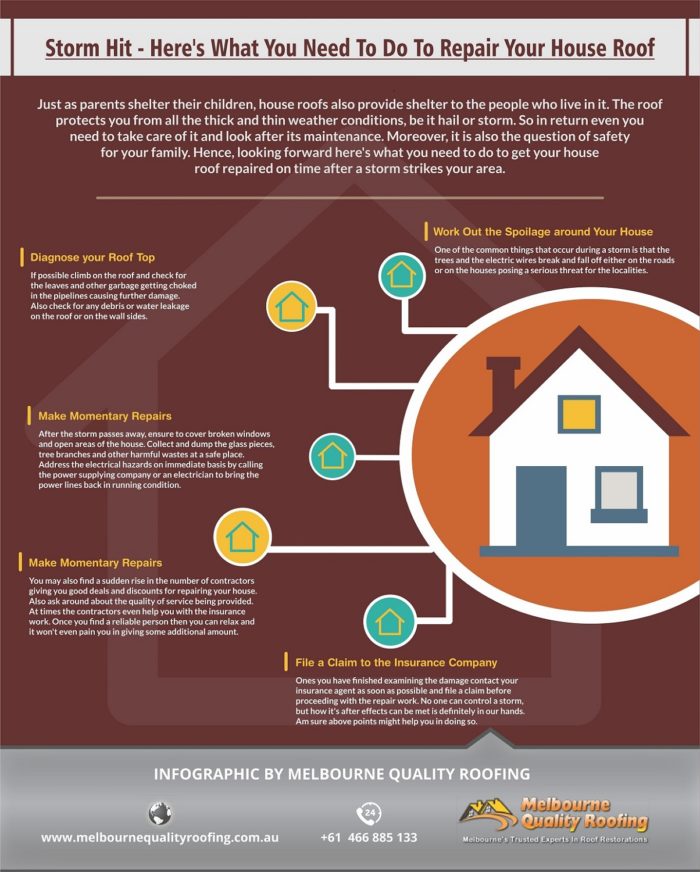Typical Pitfalls In Roof Covering Installment And Ways To Avoid Them
Typical Pitfalls In Roof Covering Installment And Ways To Avoid Them
Blog Article
Write-Up Produced By-Hensley Lomholt
When you're intending a roof covering setup, it's simple to forget critical details that can lead to significant problems down the line. You might be tempted to reduce corners on product selection or avoid correct flashing installation, but these typical errors can lead to expensive repair work later. Comprehending the significance of ventilation and adhering to local building regulations is important for an effective task. So, what are the crucial actions you should take to ensure your roof stands the test of time? Allow's check out some effective strategies to prevent these challenges.
Poor Product Option
When it comes to roof covering setup, choosing the wrong materials can cause pricey problems down the line. You may assume that any type of roof covering material will do, however that's a common misunderstanding. It's crucial to choose products that suit your local environment and the certain requirements of your home.
As an example, if you reside in a location with hefty rain or snow, selecting asphalt roof shingles may not be the most effective selection. Rather, take into simply click the up coming internet site like steel or slate.
Additionally, take note of the quality of the materials you're thinking about. Cheap products may save you cash upfront, yet they often lack longevity and can cause frequent repairs or substitutes.
You must additionally think about the style of your home and make sure the products you pick will certainly maintain its visual charm.
Ultimately, don't forget to speak with professionals. They can give valuable understandings and suggest products that adhere to regional building codes.
Spending roof replacement san antonio tx in correct product selection currently can assist you prevent headaches and expenses in the future, making your roof job a success.
Inadequate Flashing Installment
Selecting the appropriate materials isn't the only aspect that can lead to roofing problems; poor flashing installment can also produce considerable concerns. Flashing is vital for guiding water far from prone locations, such as smokeshafts, skylights, and roof valleys. If it's not set up effectively, you risk water intrusion, which can bring about mold growth and structural damage.
When you install blinking, ensure it's the appropriate type for your roofing's style and the local climate. For example, metal flashing is often extra long lasting than plastic in locations with heavy rainfall or snow. Make certain the blinking overlaps suitably and is secured securely to stop gaps where water can permeate with.
You must also take note of the setup angle. Blinking ought to be placed to route water away from the house, not towards it.
If you're uncertain concerning the setup procedure or the materials required, get in touch with a professional. They can aid determine the best flashing options and guarantee everything is set up appropriately, guarding your home from possible water damages.
Taking these steps can save you time, cash, and headaches down the road.
Neglecting Ventilation Demands
While many property owners concentrate on the visual and structural elements of roof covering installment, overlooking ventilation demands can bring about major long-term effects. https://www.solarpowerworldonline.com/2021/07/s-5-and-pvcomplete-develop-design-software-for-solar-projects-on-metal-roofs/ is important for managing temperature level and wetness degrees in your attic room, avoiding problems like mold and mildew growth, timber rot, and ice dams. If you don't mount appropriate ventilation, you're setting your roofing system up for failure.
To prevent this error, first, examine your home's details air flow requirements. A balanced system commonly includes both intake and exhaust vents to promote air flow. Ensure you have actually set up soffit vents along the eaves and ridge vents at the peak of your roof. This combination allows hot air to escape while cooler air goes into, keeping your attic space comfy.
Also, consider the type of roof covering product you have actually picked. Some materials may require additional air flow strategies. Ascertain your neighborhood building regulations for ventilation guidelines, as they can vary significantly.
Finally, don't neglect to check your ventilation system consistently. Obstructions from debris or insulation can hamper airflow, so keep those vents clear.
Final thought
To conclude, avoiding typical roof covering installation errors is key to guaranteeing your roofing system's longevity and efficiency. By choosing the best products for your environment, setting up blinking properly, and attending to ventilation requirements, you can protect against costly problems later on. Don't forget to acquaint on your own with regional building regulations and timetable routine inspections. With these steps, you'll delight in a safe, resilient roofing that secures your home for many years to come. Satisfied roof covering!
